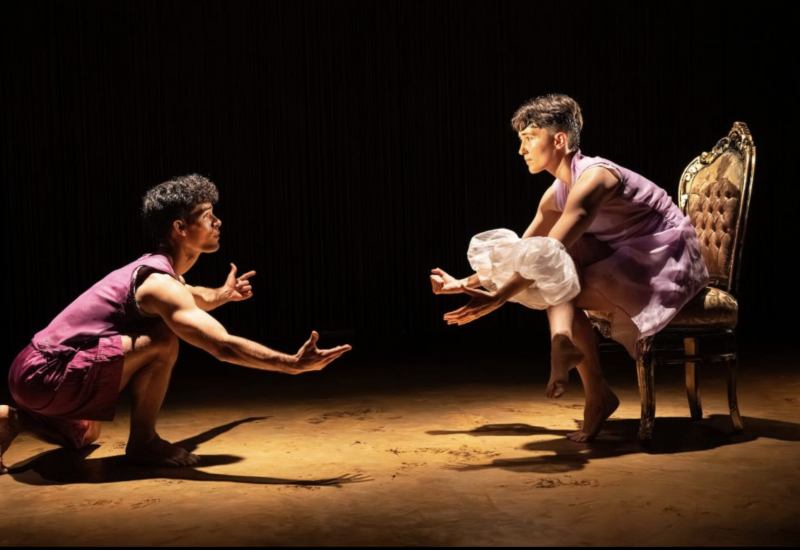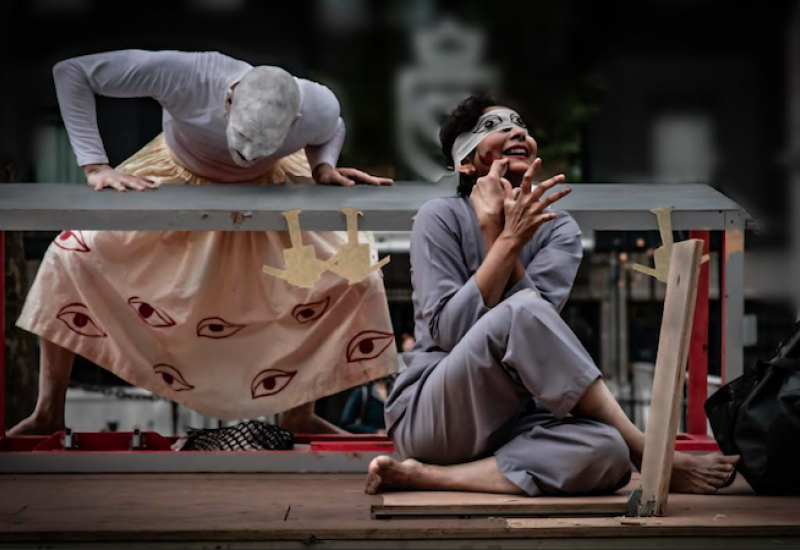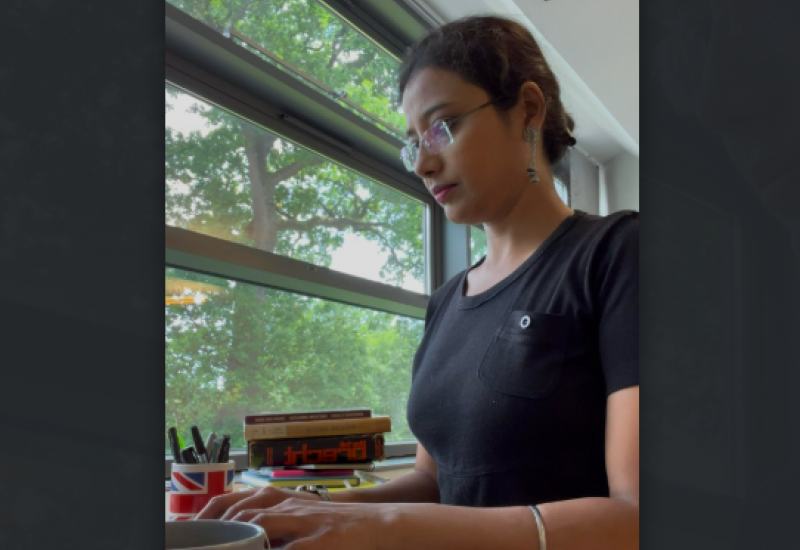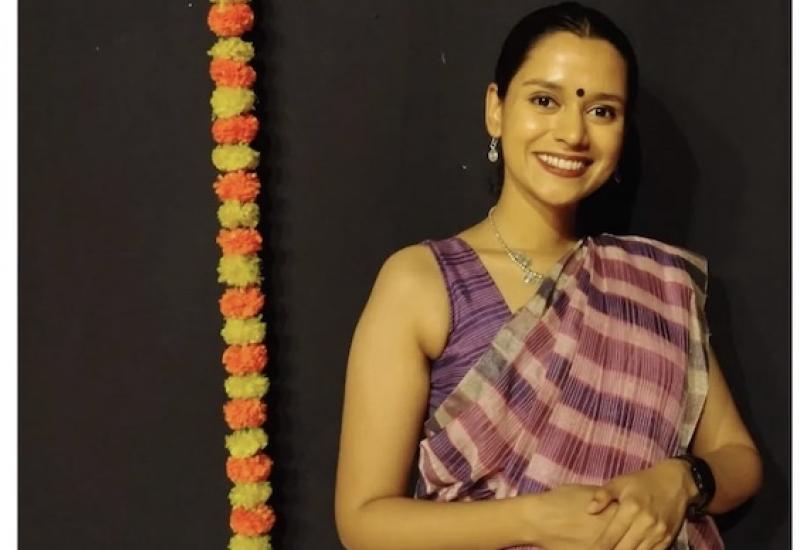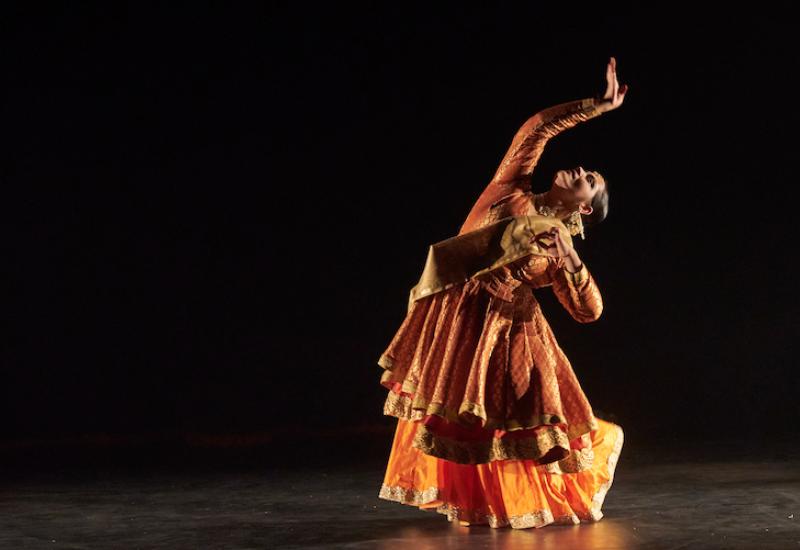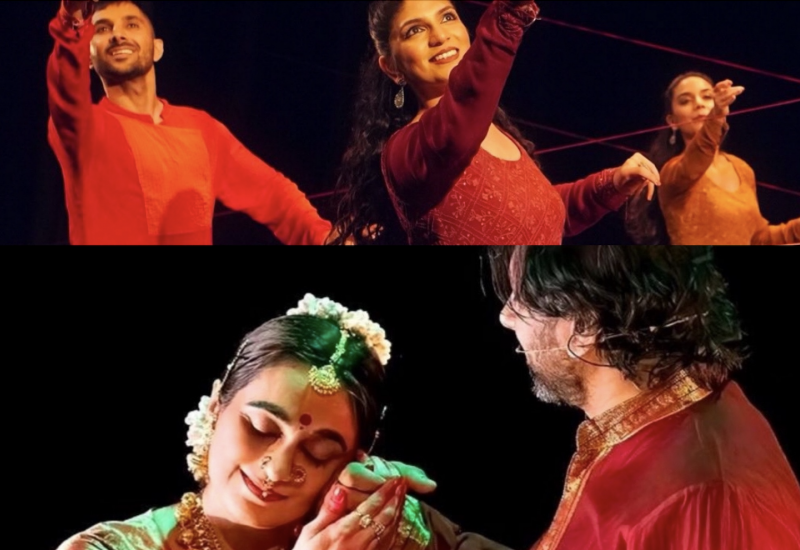#Akademi Chronicles – what can we learn?
Urged by the creator Shivaangee Agrawal to take some time to explore the Akademi Archives (a Heritage Lottery funded project), I grudgingly accepted the nudge. Once I began, I was hooked.
The category I decided to focus on was ‘Advocacy and Sector Engagement’, in my role as editor of Pulse which aims to track the development of South Asian dance in Britain. The categorisation of the overall content by collections, type and date I found most helpful.
I was first attracted to the Conference No Man’s Land – Exploring South Asianness (2004). The keynote address is by Sunil Khilnani, historian and author of the book The Idea of India (1997). He notes that the term ‘“South Asian” is an autocratic phrase lacking poetry’. It is a geographic term emerging from the US State Department that was later adopted by Britain. Khilnani’s idea that what united the nations of South Asia was the ‘political, even though in the case of South Asia it would cover every form of political arrangement from democracy to monarchy and military dictatorship’. Within that, India still carried the notion of ‘a composite culture’, where there is no single body, no single image or snapshot. One felt nostalgic for Khilnani’s reading of India in 2004 before the current rise of Hindu nationalism, when individuals could carry within them ‘multiple allegiances’.
The Conference was ably chaired by Shobana Jeyasingh and if one had little time, a reading of her excellent end-of- Conference summary together with the Shiromi Pinto’s concluding remarks would suffice to give the reader a good handle on the main themes that emerged.
The report states that ‘many panelists resisted the idea of ‘South Asianness’. Its reduction of difference to a bland umbrella term was seen as inaccurate and disingenuous.
Many felt that the term was compromise, ‘It’s a ghetto,’ said Alibhai-Brown, ‘but a more interesting… and bigger ghetto than the… narrower ones promoted by multiculturalism’.
For Andree Grau, the term – at least within the realm of dance – could be seen as more neutral than, say, ‘Indian’. ‘Within a diasporic context,’ she noted, ‘one could argue that it also removes the dance from a notion of clear-cut lineage and a nostalgic notion of lost heritage’. The implication was that this might encourage a discourse about dance forms, like bharatanatyam, as less rooted in ethnicity and more in technique, thus rendering the form(s) transnational.
Very importantly from the floor came the remark that ‘South Asianness’ tended to get overshadowed by Hindu imposition of identity, and Muslims and other minorities were often left on the periphery.
I further explored South Asian Aesthetics Unwrapped – an earlier Conference held in 2002 which had featured some very big names like Anish Kapur (star pull), Akram Khan, Shekhar Kapoor, Talvin Singh, Girish Karnad, Tariq Ali (who had been programmed but failed to show up). The archive is missing a Conference report and in fact I had to turn to Pulse (Summer 2002) to read more details about the Conference, including amusing facts like the Akademi Director commenting that Talvin Singh turned up not having read any of the briefing notes! The Pulse issue notes that there is a Conference Report by Andree Grau and Stacey Prickett – does anyone have these?
Akademi’s Negotiating Natyam Symposium in 2005 had amongst its aims to question:
● How can Bharatanatyam retain its integrity in a global context?
● How can it be accessible to all without compromising its cultural specificity?
Over a day which included a keynote by Leela Samson, then recently appointed Director of Kalakshetra, who spoke of ‘widespread ignorance of the philosophy and architecture of bharatanatyam’, lecture-demonstrations, performances and presentations by artists, the key questions above were left unanswered. Pertinently, the writer of the report Ann David comments on the very fact that there was not sufficient time to discuss the above questions (which were the most interesting of the Conference).
Maybe it’s time to revisit these questions with the current generation, for example Shane Shambhu (Confessions of a Cockney Dancer) and Seeta Patel (Rite of Spring) who are creating work rooted in bharatanatyam with a contemporary sensibility.
Lastly, a case of why dancers might find the Archives helpful for their work: Aesop (Arts Enterprise with a Social Purpose) held their second National Arts and Health Conference, where Akademi presented one of the twelve case studies. The Dance Well programme worked with the Royal Brompton and Harefield Hospitals, delivering once weekly workshop sessions to patients recovering from heart and lung conditions. Although the full results were not available at the time, the prospect of dance intervention resulting in lower admissions could save the NHS money. From the statistics provided- working with cardiac and lung patients the cost of cardiac re-hab is £600 per patient over 16 sessions; cardiac admission £537 per night (NICE 2015) whereas Dance Well (the Akademi project) only £150 for 16 sessions, suggesting good value for money.
If dancers spent a fraction of the time they dedicate to practice to thinking about and reading on dance, how much better may they articulate the relevance and value of their art to society? I can imagine how useful these archives will be for those wanting to probe a little more deeply into these dance forms and the story of how they became embedded in the cultural life of Britain.








